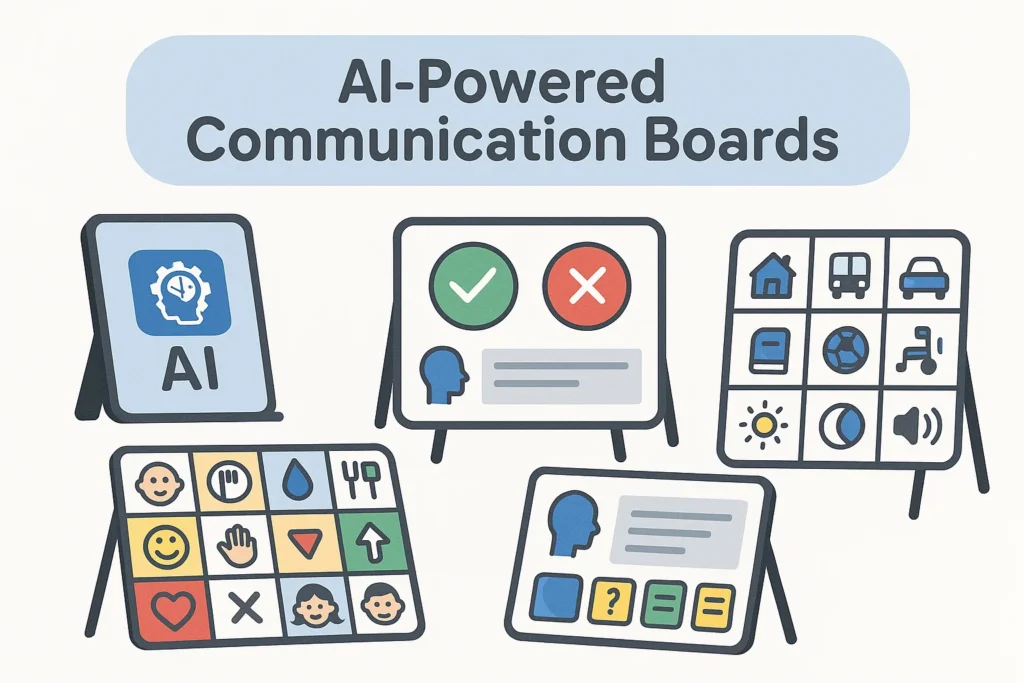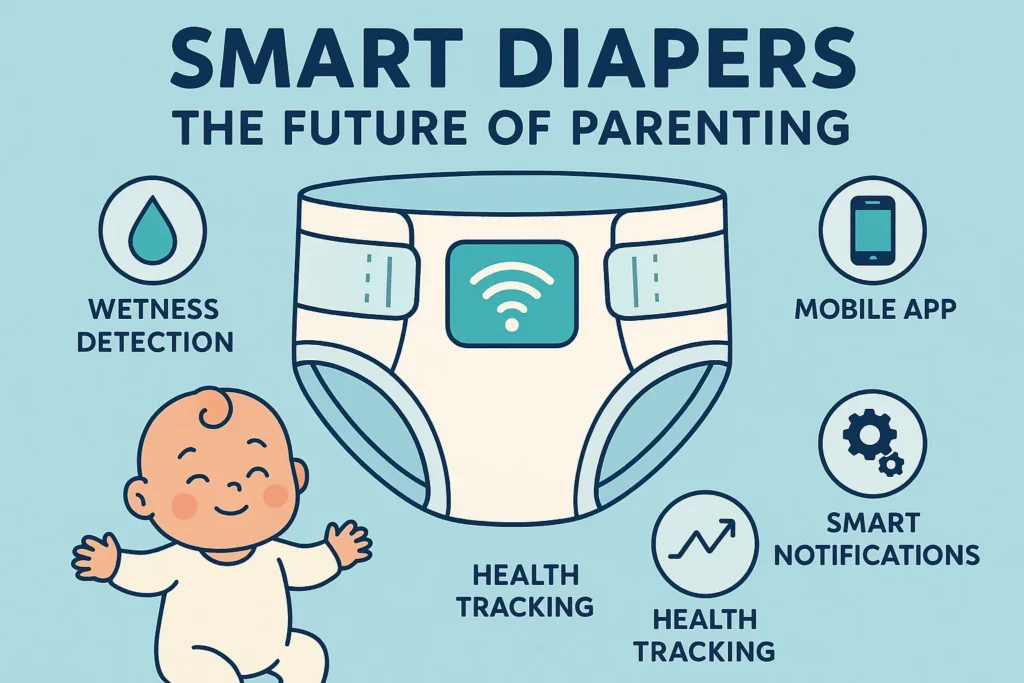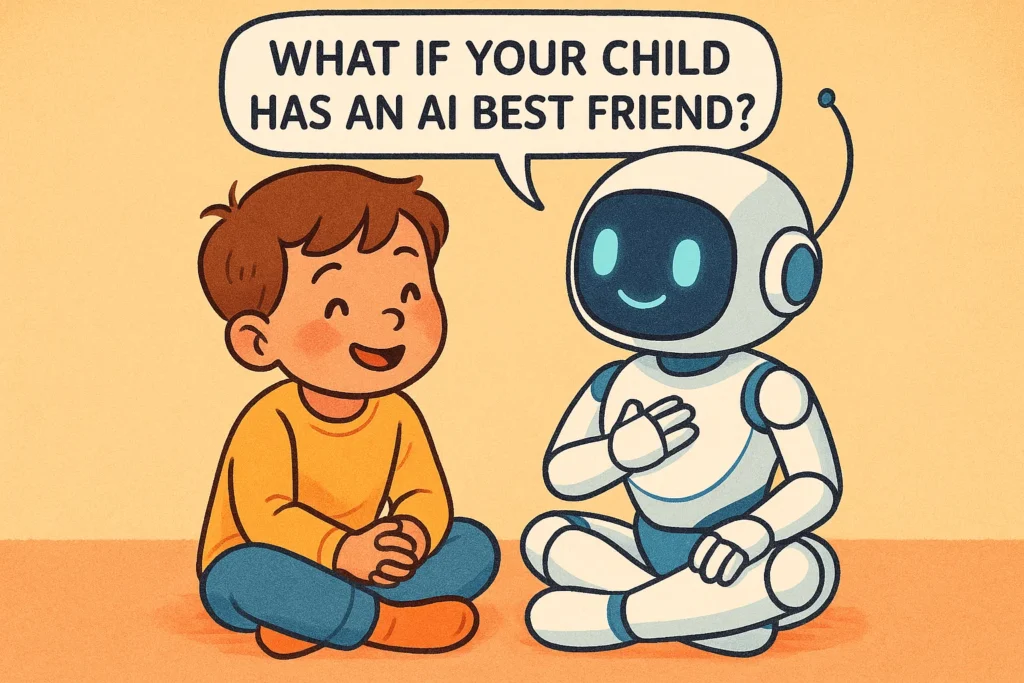💬 Introduction: When Technology Gives Words to Emotions
AI-Powered Communication Boards are transforming how nonverbal children, especially those with autism, speech delays, or cerebral palsy, interact with the world. These boards use artificial intelligence to understand gestures, eye movements, and contextual cues—helping children express needs, feelings, and ideas effortlessly.
At AiBlogQuest.com, we explore how emerging AI tools redefine accessibility, and communication boards powered by AI are one of the most heartwarming examples of inclusive innovation.
🧠 What Are AI-Powered Communication Boards?
Traditional communication boards rely on static symbols or pictures. AI-powered versions, however, are interactive and adaptive—they learn from the child’s behavior and preferences to predict and suggest appropriate words or phrases.
They combine technologies like:
-
Natural Language Processing (NLP)
-
Speech synthesis and recognition
-
Eye-tracking and gesture recognition
-
Machine learning personalization
🌈 7 Ways AI Enhances Communication Boards
1. Predictive Word Suggestions
AI can anticipate what a child wants to say next based on previous patterns—reducing frustration and speeding up communication.
2. Voice Generation with Personality
Advanced boards allow children to “speak” with unique, natural-sounding voices—some even mimic the child’s real tone as they grow older.
3. Emotion Detection and Response
AI analyzes facial expressions and tone to help children express emotions accurately, improving social and emotional understanding.
4. Context Awareness
Using environment sensors or camera input, the board can suggest phrases relevant to the current setting (e.g., “I want to play outside” if near a playground).
5. Multilingual Capabilities
AI communication boards support multiple languages, helping bilingual families and schools foster inclusive communication.
6. Learning Adaptation Over Time
The more the child uses it, the smarter it gets—adapting vocabulary, layout, and icon placement for better accessibility.
7. Integration with Smart Devices
AI boards can connect to smart home assistants or classroom tools, allowing children to control lights, answer questions, or join group activities using AI-assisted speech.
💡 Benefits for Families and Educators
-
Encourages independence in communication
-
Builds confidence and emotional expression
-
Facilitates inclusion in schools and social settings
-
Reduces caregiver stress by improving understanding
-
Supports data-driven progress tracking for therapists
⚠️ Challenges and Ethical Considerations
While powerful, AI-Powered Communication Boards also raise concerns:
-
Data privacy: Sensitive child behavior data must be securely stored.
-
Cost barriers: Advanced AI devices can be expensive for families.
-
Over-dependence: Balance between tech support and natural communication is vital.
Parents should look for devices compliant with child data protection laws (like COPPA) and opt for brands with strong ethical standards.
🔗 Useful Links –
-
Using AI to Support Speech Delays
-
AI and Dyslexia: Innovative Approaches
❓ FAQs
Q1. What age group benefits most from AI-Powered Communication Boards?
These tools are ideal for children aged 3 and up, especially those with speech or developmental challenges.
Q2. Are AI communication boards customizable?
Yes! Most systems allow personalized icons, words, and voice options, making communication natural for each child.
Q3. Do therapists recommend AI-powered boards?
Yes. Speech-language pathologists increasingly recommend them for consistent progress and accurate data collection.



